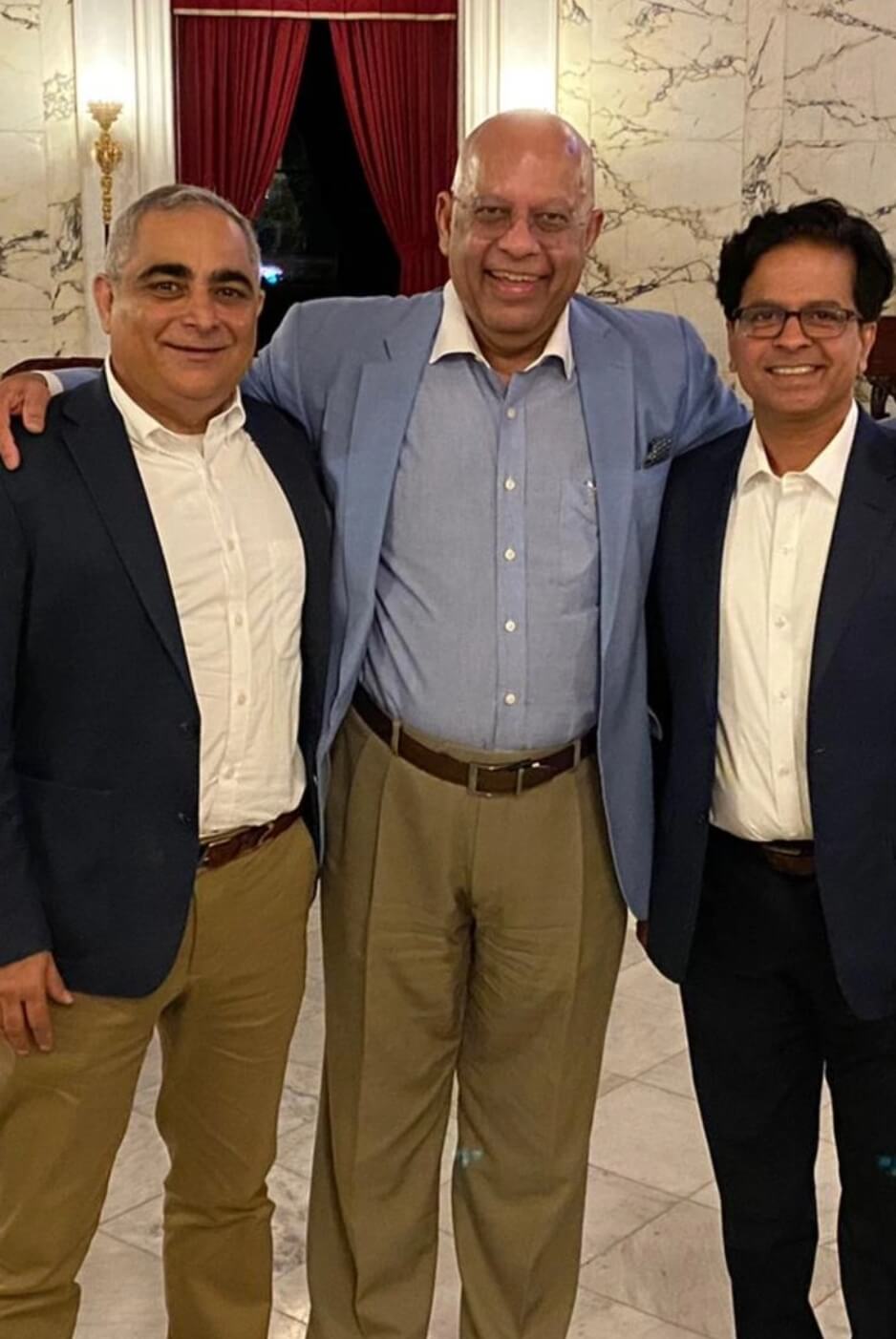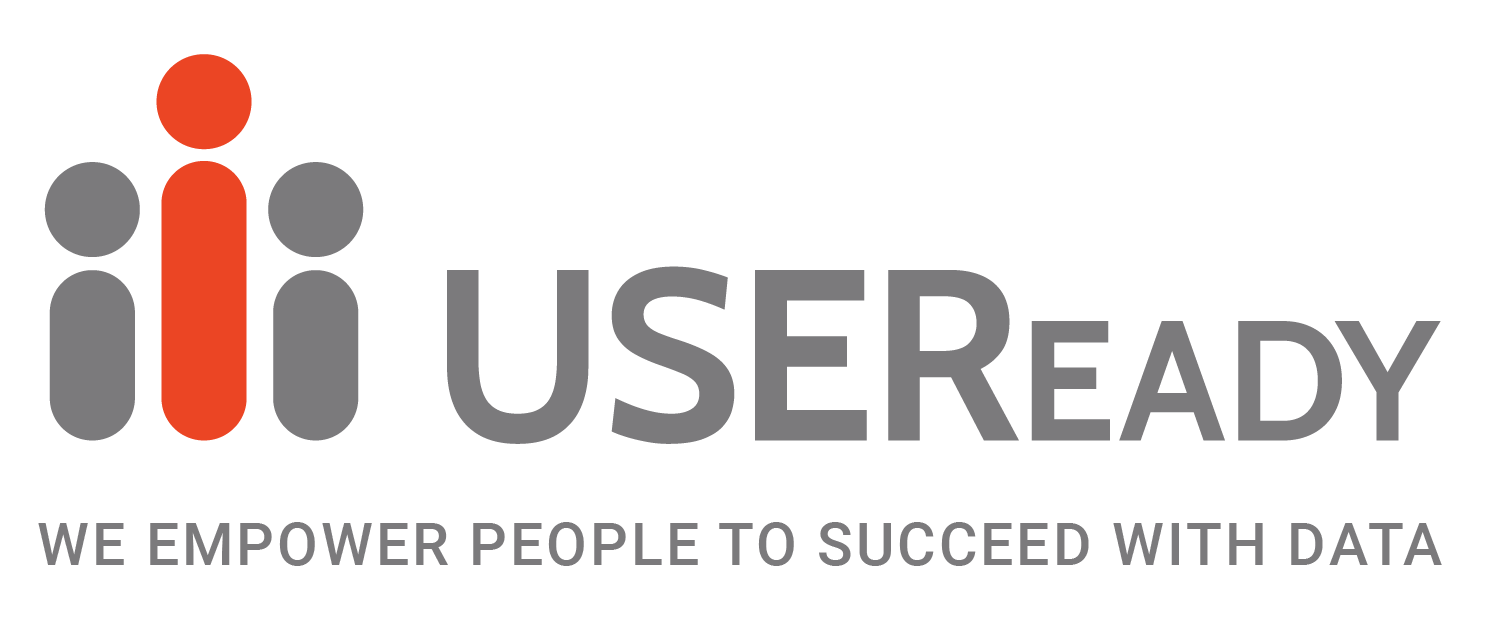Wall Street's Guide to Analytics Modernization
Understanding the Cost of Legacy BI Systems
Strategies for Financial Data Transformation
The Future of Analytics in Capital Markets
The Business Case for Modern BI Platforms
Key Risks of Operating Legacy Systems
Migration Best Practices from Financial Institutions
Realizing ROI Through Modern Analytics
Aligning Analytics Goals with Business Outcomes
Enhancing Data Governance During Migration
Supporting Scalable, Secure Financial Reporting
Lessons from the Frontlines of Wall Street BI

We’ve seen it time and again: old technology holding businesses back when they need to move fast. Recently, I reconnected with my Harvard classmate Kal Das, a prominent Wall Street lawyer at Greenberg Traurig, who along with two of his partners, Ejim Achi and Adam Namoury spearheaded his firm’s advisory role in the $755 million acquisition of Owens Corning’s glass reinforcements business by Praana Group – a deal announced in February 2025.
This milestone celebrates Kal’s expertise while spotlighting a pressing challenge with similar deals in today’s markets: legacy systems. Outdated technology isn’t just a technical burden – it’s a strategic and legal liability that can make or break businesses.
Together, we’re co-authoring a two-part series to unpack this intersection of technology, strategy, and law. In this first instalment, we explore how USEReady is disrupting the modernization landscape, tackling the operational inefficiencies, legal risks, and hidden costs of clinging to legacy systems.

Legacy Modernization, Cost of Analytics, and AI Readiness
At USEReady, we’re redefining how enterprises leverage data and AI – not just upgrading tech but transforming operations for a future where analytics and artificial intelligence reign supreme. For over a decade, we’ve freed Fortune 500 companies from the constraints of legacy systems, pushing them towards scalable, modern platforms like AWS and Salesforce. Our MigrationWorks program, powered by accelerators like MigratorIQ, STORM and Pixel Perfect streamlines these transitions, slashing timelines and costs while preparing data for the AI-driven world. We have helped fortune 100 clients with legacy systems like Hyperion Brio (No longer supported by Oracle) and MicroStrategy (Flagged by RISK departments because of financial volatility) to name a few.
In large enterprises where innovation is non-negotiable, legacy systems are a handicap. They stifle integration with cutting-edge tools, inflate expenses, and expose companies to risks that threaten growth. We’re flipping this narrative, delivering seamless modernization that empowers businesses to thrive with advanced analytics and setting the stage for what’s next.

Legacy System Risks: A Three-Part Problem
Legacy systems pose a triple threat: operational inefficiencies, legal vulnerabilities, and a massive human infrastructure burden.
First, outdated platforms – think unsupported products can’t handle today’s data demands or integrate with modern ecosystems. This leads to data silos, excessive spending on upkeep, and zero readiness for AI. Every day we talk to large enterprise customers (think world’s largest banks, public sector firms, manufacturers, airlines) still running critical operations on these relics, racking up huge total cost of ownership (TCO) while courting enormous risks.
– Kal Das
Third, there’s the people problem. Legacy systems demand a sprawling human infrastructure – often outsourced – to keep them limping along. Cost models from 20 years ago, built for manual reporting and basic intelligence, are obsolete. Today, supporting these dinosaurs drains resources and talent, a hidden expense rarely tallied in TCO. Banks slashing headcounts to boost efficiency still hemorrhage cash propping up old tech, a paradox that frustrates CIOs and boards alike. Clinging to legacy systems that perpetuate inefficiency, legal exposure, and human overheads means overspending on yesterday while missing tomorrow’s AI opportunities.

Modernization Rewards
USEReady doesn’t just modernize – we align technology with business imperatives, breaking silos and future-proofing enterprises. Our MigrationWorks program, bolstered by accelerators like MigratorIQ and STORM, drives seamless shifts to hyperscalers like AWS and Salesforce. We’ve seen banking clients halve reporting times and manufacturing firms optimize supply chains, all while dodging the pitfalls of half-baked, manual migrations. This isn’t about tools – it’s about outcomes: efficiency, compliance, and readiness for what’s next.
From our respective vantage points, the math is pretty clear: legacy systems erode value, while modern, AI-ready platforms multiply it, often at multiples that make investors sit up and take notice.
– Kal Das

Looking Ahead to AI
Modernization isn’t the finish line – it’s the launchpad for a transformative leap forward. By retiring legacy systems, businesses unlock the power of AI-driven analytics.
In our next instalment, we’ll dive into the heart of AI readiness, exploring how it reshapes enterprises across industries. Think specialty chemicals optimizing supply chains or financial giants predicting market shifts with uncanny precision. We’ll spotlight real-world examples of innovation.
This isn’t just about keeping up; it’s about leading the charge in a world where data and AI are the new currency.
Stay tuned!
Get your copy today!










 Media Coverage
Media Coverage Press Release
Press Release

